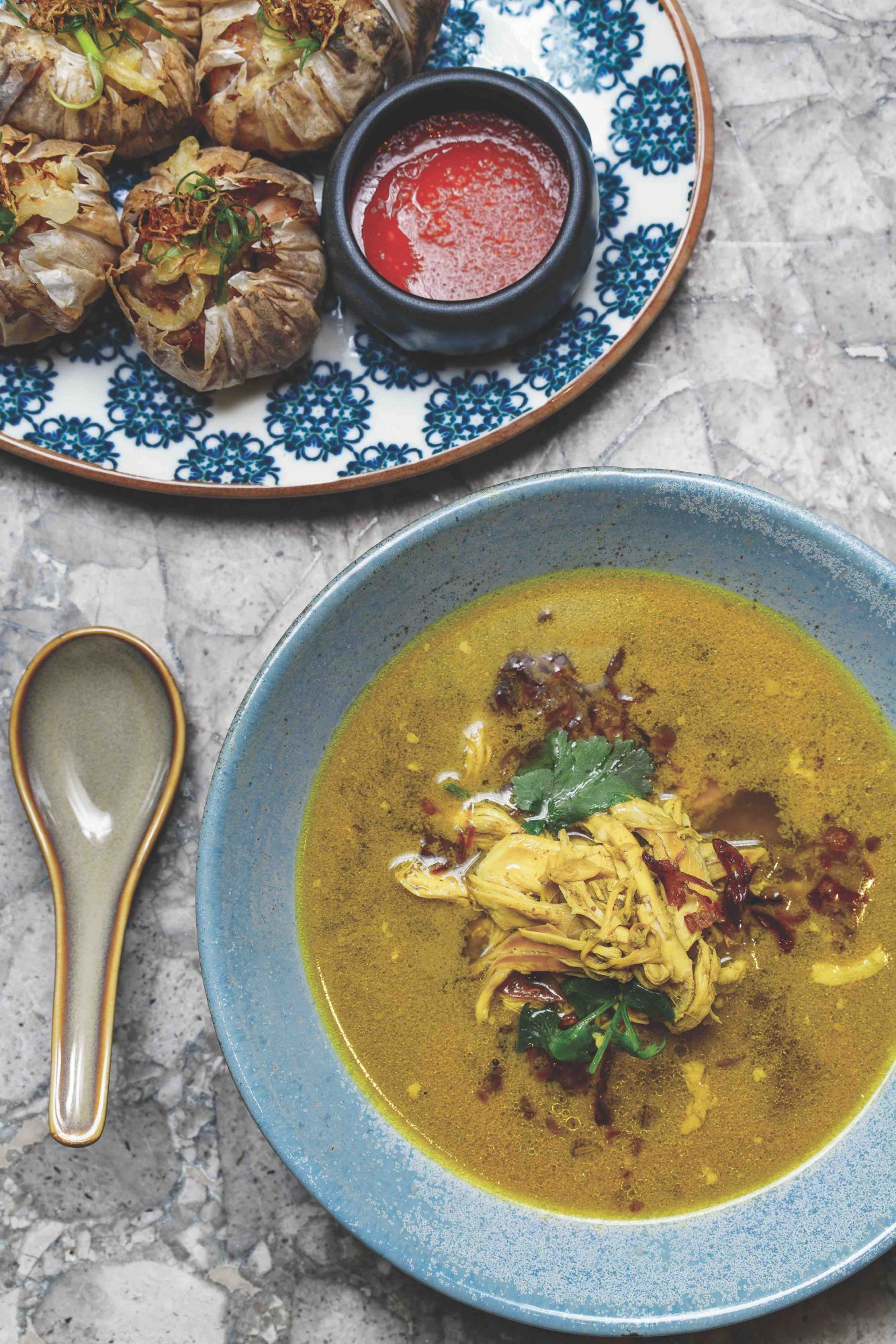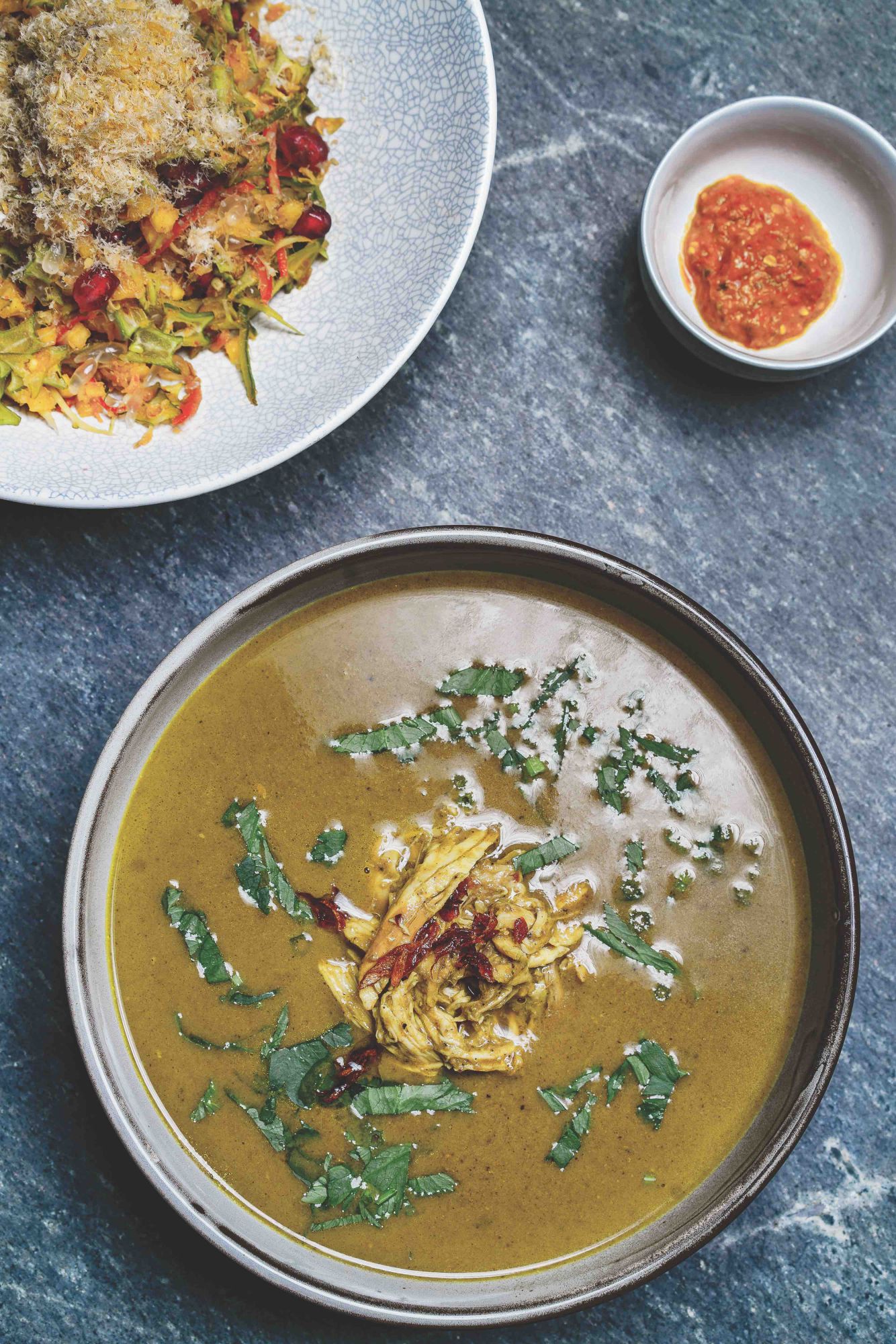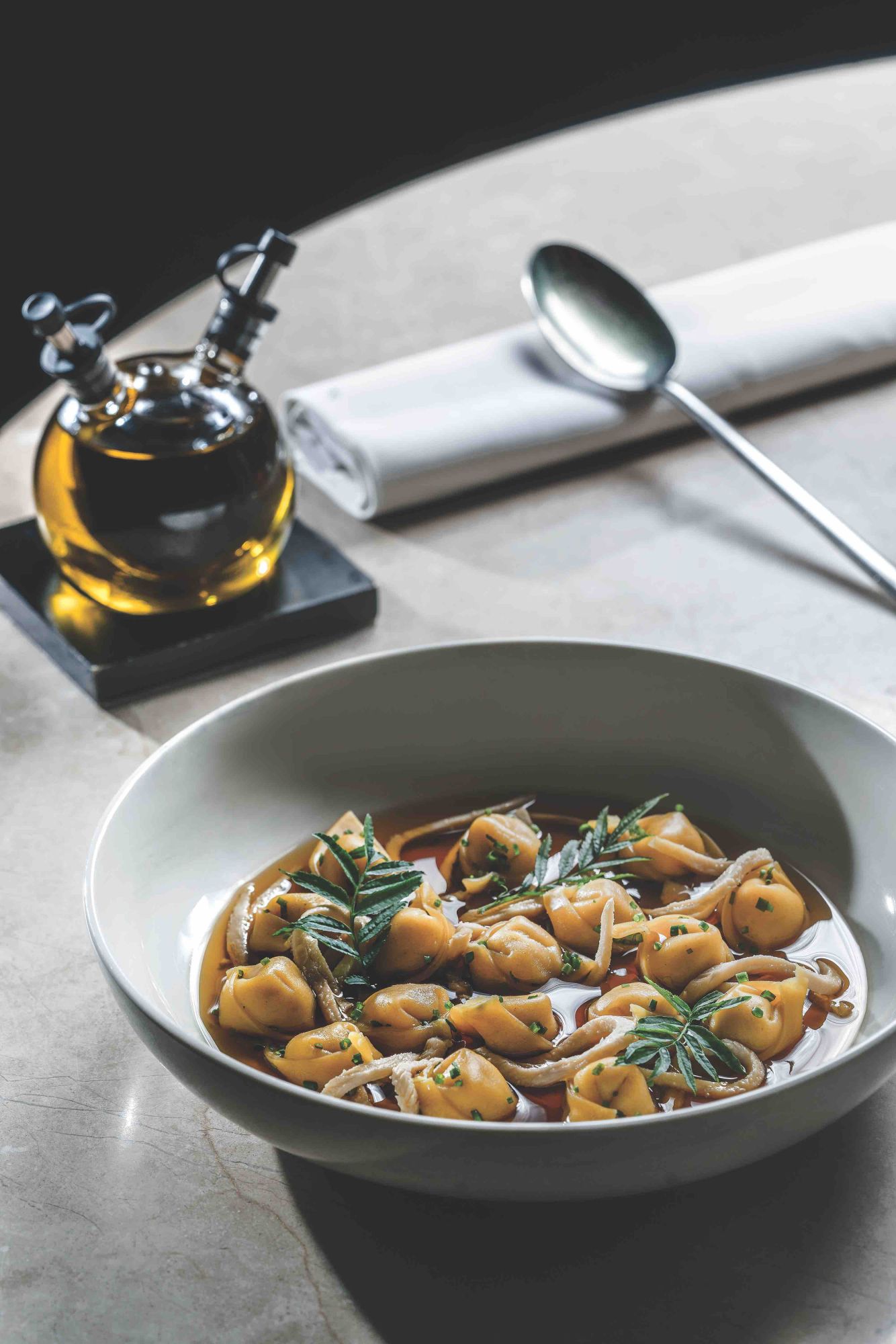No matter the cuisine, whim or need, there is always a delicious take on the humble chicken soup to warm the cockles of your heart
For millenniums, the chicken soup’s reputation as an elixir has been a shared prescription across myriad cultures around the globe. But while we can all agree that it is the ubiquitous culinary equivalent of a warm hug on a cold, rainy day, it would be decidedly imprudent to assume that the preferred dish revolves around a single recipe. One that starts with a mirepoix of root vegetables and onions might be the first to come to mind if you grew up somewhere west of the prime meridian.
While those with a fondness for Cantonese fare would insist on a bowl of double-boiled black chicken soup, especially if you are feeling a little under the weather. The latter is said to be rich in antioxidants, though there is also much to be savoured in a more indulgent alternative—one that uses instead GG French chickens that are famously flavourful and free from antibiotics and chemical growth promoters. Besides, much of the chicken soup’s effectiveness, I feel, lies simply in the fact that it is at once comforting and delicious.
(Related: Tips to Keep Soup a Healthy Option)
One such example is a rendition that combines a signature dish of Mok Kit Keung, the executive chef at Shangri-La Singapore’s Shang Palace, with a Cantonese classic. In a nod of sorts to his well-loved dish of bone-less quail filled with bird’s nest in supreme broth, the ever-creative chef decided to fill a deboned leg of the afore-mentioned organic chicken variety with the makings of the traditional Buddha Jumps Over the Wall. Prized ingredients, such as Japanese sea cucumber, abalone, deer sinew and fish maw, are first packed inside the chicken leg and steamed for an hour.



